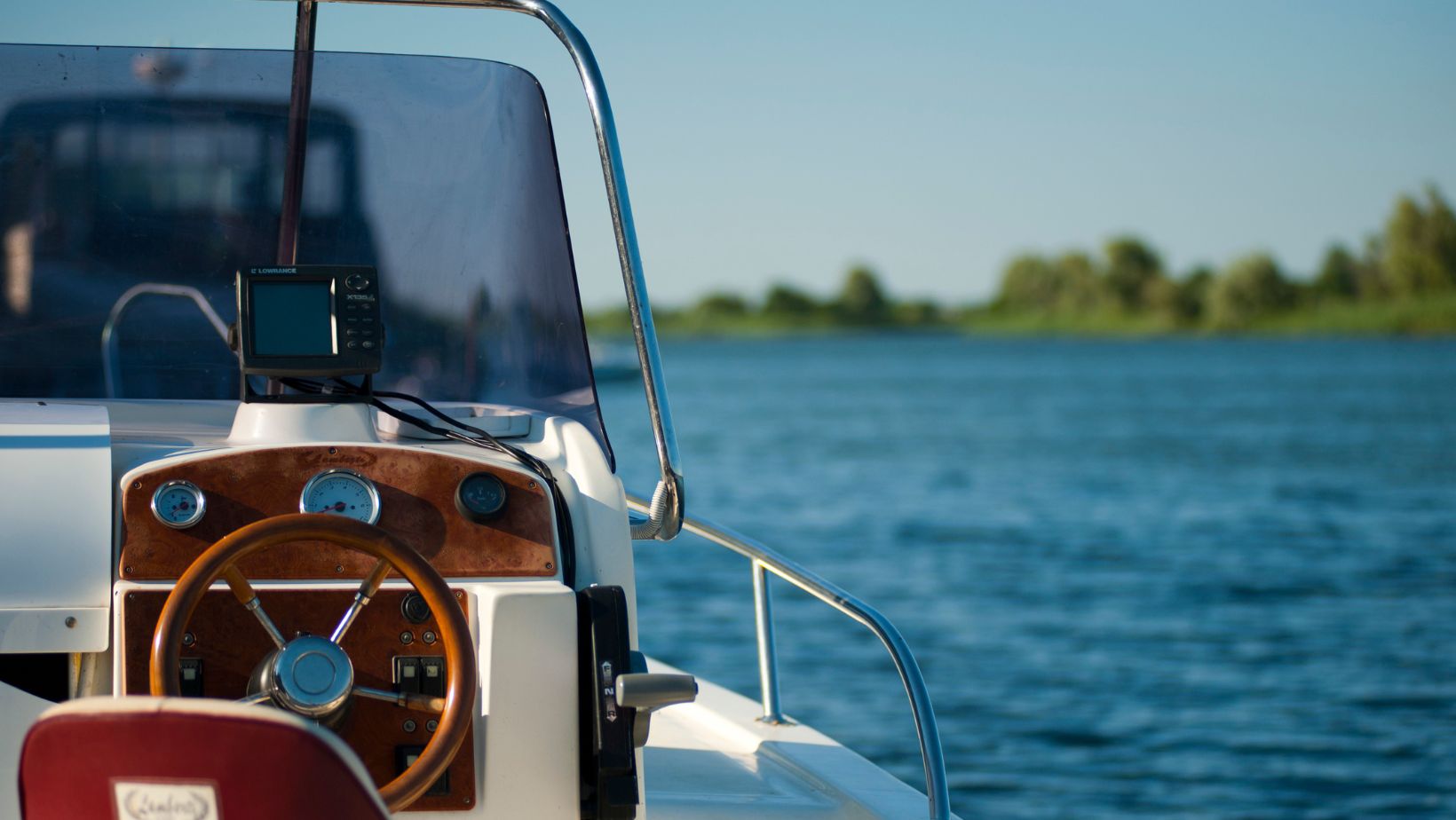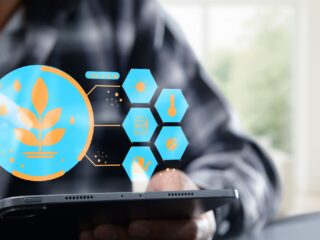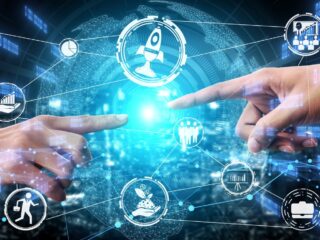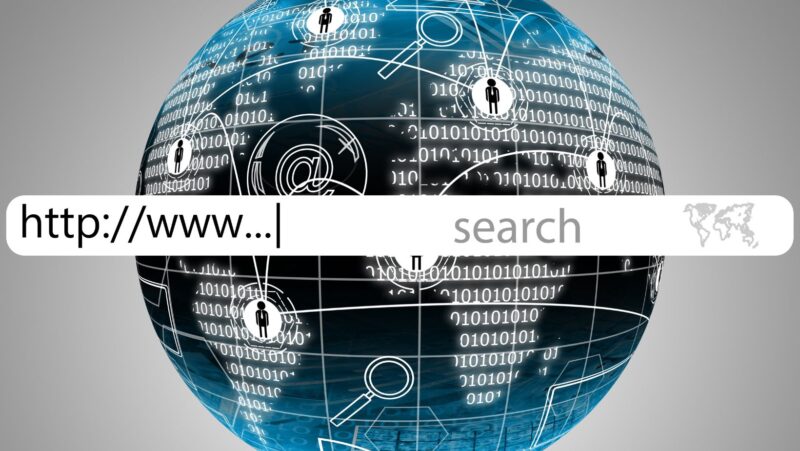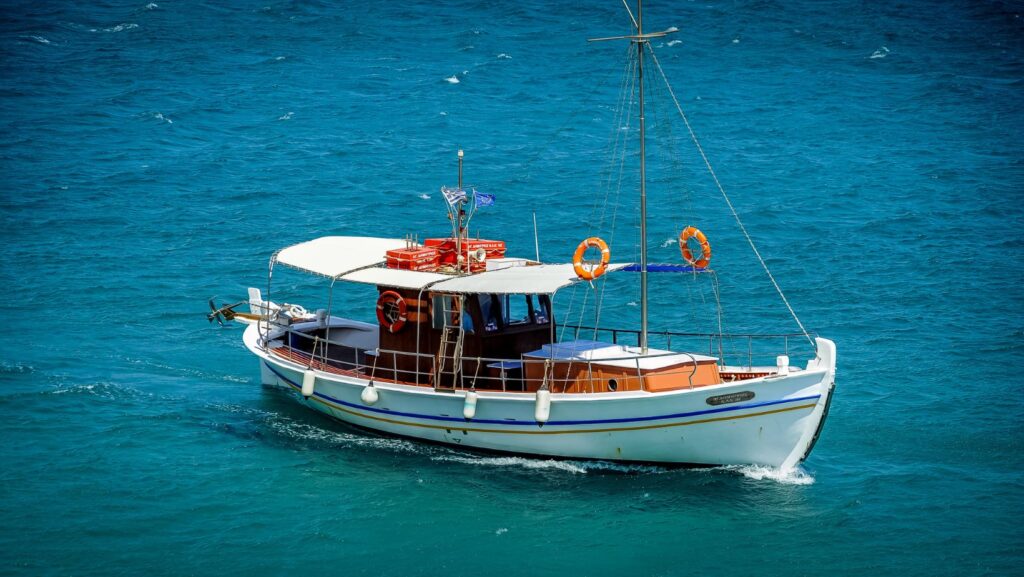
Water is the foundation of life and a resource without substitute. Yet, global water demand is rising while supply is increasingly uncertain due to climate change, pollution, and population growth. Addressing this challenge requires a dual focus: conserving existing water and treating water sources to ensure safe and reliable supply.
This dual approach recognizes that conservation reduces stress on natural ecosystems, while treatment ensures that limited supplies remain safe for human and industrial use. Without a balanced strategy, societies risk not only shortages but also deteriorating water quality, which compounds health risks and economic costs.
Understanding Water Conservation
Water conservation means using available water efficiently and minimizing waste. The need for conservation stems from the growing mismatch between demand and natural replenishment. In 2023, global river flows dropped to all-time lows, intensifying pressure on water resources and underscoring the need for resilient water management.
Expanding cities, industrial activities, and agricultural production intensify pressure on freshwater sources. Without sustainable management, communities face scarcity, degraded ecosystems, and economic instability.
Conservation is not only about reducing consumption but also about aligning usage with natural cycles. Protecting watersheds, restoring wetlands, and managing groundwater extraction are equally important in ensuring long-term sustainability. These ecological strategies provide buffers against droughts, floods, and pollution, strengthening water security for entire regions.
Everyday Conservation Practices
At the household level, conservation starts with efficient fixtures, fixing leaks, and reusing water where possible. In agriculture, which consumes the majority of global freshwater, techniques like drip irrigation, precise scheduling, and soil moisture monitoring reduce waste while maintaining yields. Industries can implement closed-loop systems, recycle process water, and conduct regular efficiency audits to minimize freshwater withdrawals.
Community initiatives amplify these efforts. Public campaigns can raise awareness about conservation, while urban planning can incorporate green infrastructure that captures and stores rainwater for local use. Collective action at neighborhood or municipal levels demonstrates that small individual measures can add up to significant water savings when adopted widely.
Water Treatment: Ensuring Safe and Sustainable Supply
Conservation alone cannot meet demand, and safe treatment is essential to make water usable. Conventional treatment includes filtration, sedimentation, and disinfection.
Advanced technologies such as membrane filtration, ultraviolet treatment, and ozonation improve quality and safety, while durable components like plug valves ensure consistent control within treatment plants and pipelines. Wastewater treatment also plays a crucial role, removing contaminants and allowing water to be safely reused in agriculture, industry, or even for indirect potable purposes.
The effectiveness of treatment depends not only on technology but also on infrastructure management and maintenance. Breakdowns, contamination incidents, and insufficient monitoring can compromise safety.
Expanding training for operators, investing in resilient infrastructure, and adopting adaptive treatment methods are vital steps in keeping water systems reliable under growing pressures.
Synergy of Conservation and Treatment
Conservation and treatment are not separate strategies but complementary. Reducing water use decreases the load on treatment facilities, lowering energy consumption and operational costs. Currently, global reuse capacity stands at under 250 million cubic meters per day, which represents just 8% of total freshwater withdrawals for domestic and industrial use — highlighting major reuse potential.
Treated wastewater, once considered waste, can become a vital resource when integrated into circular water use systems. Greywater reuse, rainwater harvesting, and stormwater capture all demonstrate how conservation and treatment reinforce each other in sustainable water management.
In practice, cities that integrate conservation and treatment achieve higher resilience to climate-related stress. For example, coupling decentralized treatment plants with community water-saving initiatives ensures that less water is wasted and more is safely recycled. These hybrid approaches maximize the value of every drop and create a model of urban water resilience.
Challenges and Barriers
Despite proven methods, several barriers remain. In many regions, aging infrastructure limits efficiency. Advanced treatment processes can be energy-intensive and costly, making them inaccessible to lower-income communities.
Policy frameworks often lag behind technological capability, slowing adoption of sustainable practices. Public awareness also plays a role. Without behavioral change, conservation measures may not achieve their full potential.
Another obstacle is the uneven distribution of resources. While wealthy regions can invest in cutting-edge systems, vulnerable communities often lack even basic sanitation. Bridging this gap requires international cooperation, financial support, and knowledge-sharing to ensure that safe water is not a privilege but a universal right.
Future Directions and Innovations
The future of water management lies in innovation and integration. Smart water grids equipped with sensors and automated controls enable real-time monitoring of leaks, consumption, and quality. Nature-based solutions such as constructed wetlands and green infrastructure provide low-cost, sustainable treatment while enhancing biodiversity.
Decentralized systems can deliver safe water to rural and remote areas without reliance on massive infrastructure. At the same time, education and policy reforms are essential to align incentives, promote equity, and encourage long-term stewardship.
Emerging technologies hold further promise. Advances in low-energy desalination, microbial fuel cells, and nanomaterials are pushing the boundaries of what is possible in treatment efficiency. As these technologies mature, coupling them with policy and financial mechanisms will be key to scaling solutions that meet the needs of both developed and developing regions.
Conclusion
Water conservation and treatment are two sides of the same challenge: securing a sustainable water future. By reducing demand, reusing resources, and applying safe treatment technologies, societies can ensure access to clean water for people, industry, and ecosystems. The path forward requires both individual responsibility and systemic change. With commitment and innovation, water scarcity can be transformed into water resilience.
Ultimately, success depends on recognizing water as a shared resource that requires collective stewardship. Governments, businesses, and individuals must align their actions to preserve this essential element. Every effort, whether at the household or policy level, contributes to building a more secure and sustainable future for generations to come.

